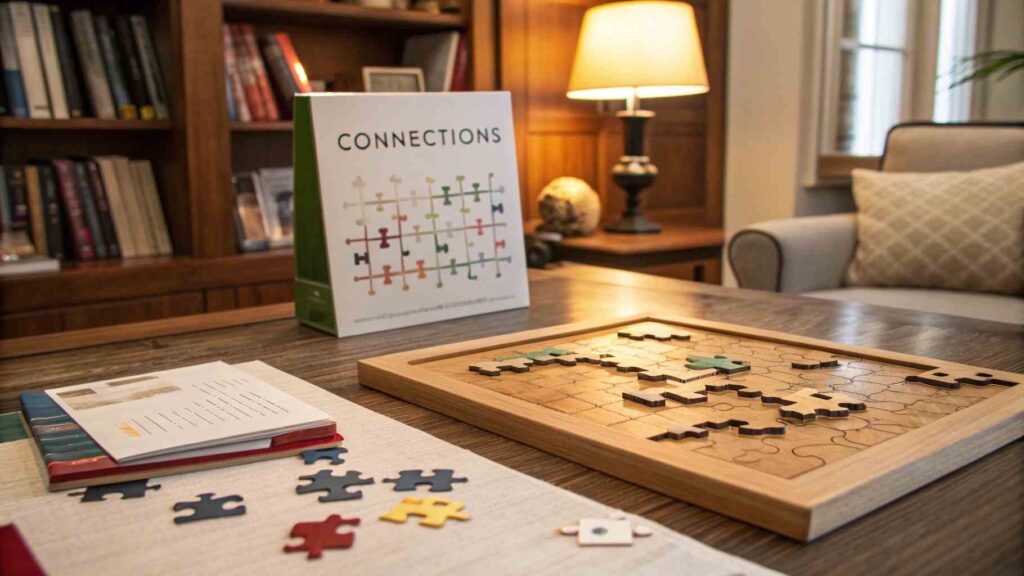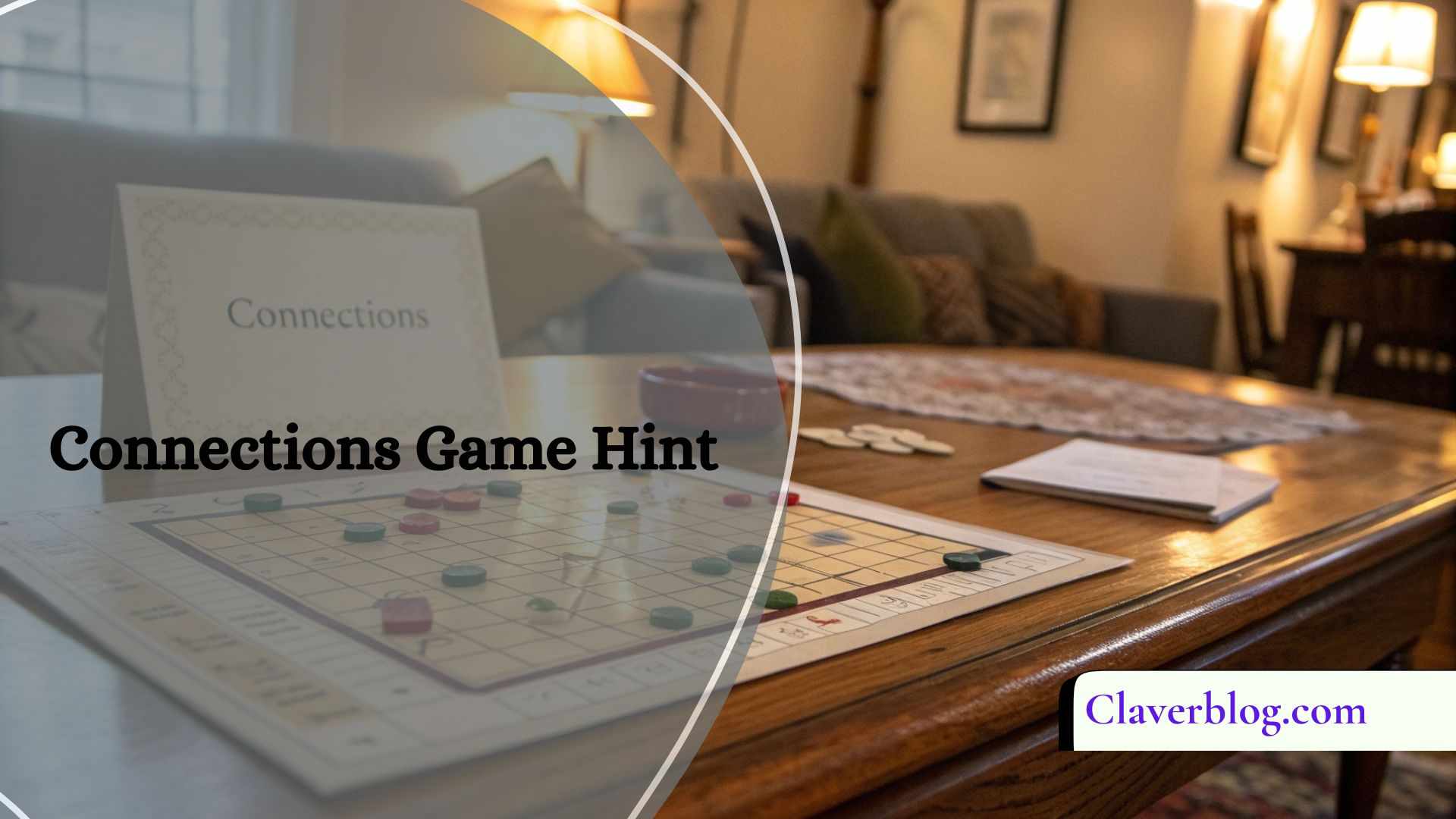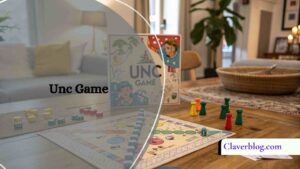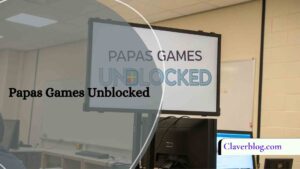Connections Game Hint helps players solve tricky word groups in the New York Times puzzle by offering subtle clues. It’s a smart way to enjoy the game without spoilers or giving up.
Keep following—we’ll dive deeper into how the right Connections Game Hint can turn your game around!
What Exactly Is the NYT Connections Game?
If Wordle is your brain’s warm-up, Connections is the main course.
Released by The New York Times, the Connections Game is a daily word puzzle that challenges you to find four groups of four related words from a grid of 16. These relationships are often more subtle than they appear—and the categories range from literal to lateral.
You might see:
- Literal categories: Colors, Capitals of Europe, Body Parts
- Tricky categories: Words that can follow Power, Hidden U.S. states, Double meanings
- Pop culture: Disney princesses, Nineties sitcoms, Famous chefs
The catch? There are always decoys—words that seem to fit into multiple groups but are actually part of just one.
Why Is It So Addictive?
Let’s talk real for a second. This game isn’t just about words—it’s about how our brains love to make connections.
We get a hit of dopamine every time we group something correctly. It’s that “Aha!” moment that lights up our brains and keeps us coming back.
But here’s what makes the game genius:
- It plays on language, memory, logic, and even trivia.
- It’s social—you can challenge friends, share scores, and argue over themes.
- It’s brief enough for a coffee break, yet mentally satisfying enough to feel like a win.
And then there’s that beautifully evil twist: difficulty tiers. The categories go from easy (yellow) to wicked hard (purple), making the final group feel like a mini victory in itself.
Common Roadblocks: Why You Might Need a Hint?

Even seasoned players hit walls. You think you’ve got a category nailed down—and then boom, One away. Sound familiar?
Here are some common pitfalls:
- Decoy traps: Words like “Pitch” or “Bass” that belong to multiple themes.
- Too much confidence: That gut feeling can lead to early mistakes.
- Assuming too fast: Grouping based on the first meaning that comes to mind, rather than considering all possible uses.
This is where a Connections Game hint comes in clutch—not as a cheat, but as a brain nudge.
What Makes a Good Hint?
A strong hint doesn’t hand you the answer—it helps reframe your thinking.
There are several kinds:
- Category-style clues: There’s a group based on board games. These point you in the right direction.
- Redirection hints: Be careful—Mouse might not go where you think it does.
- One-word teasers: A single word that hints at the category without revealing the group. Example: “Jazz” for a music-related set.
The best hints feel like a teammate whispering, “You’re warm… no, colder… hot again!”
Mental Strategies Before Reaching for a Hint
Before calling in help, try this:
Scan for the Obvious
Start with the lowest-hanging fruit. Words that clearly belong together—like “Peach, Banana, Grape, Apple”—are your fast wins.
Think Beyond the Literal
Try to explore alternative meanings. For example:
- “Turkey” might mean a bird, a country, or a Thanksgiving centerpiece.
- “Spring” might relate to seasons, jumping, or water sources.
Play with Word Pairings
Test combinations out loud: “Drum and Guitar… okay, maybe music. Wait—what about Bass? Hmm…”
This often unlocks patterns faster than staring at the grid.
When to Use a Connections Game Hint Without Guilt
Let’s normalize this: Hints are not cheating. They’re tools. The game isn’t about suffering—it’s about sharpening your mind while having fun.
Use a hint if:
- You’ve used two lives and still aren’t sure
- You’ve identified three possible categories but can’t figure out the fourth
- You just don’t have the time or energy to grind through it today
Many daily players use hints to keep the game fun, especially if they’re playing with friends or partners.
Best Places to Get Daily Hints
Need a nudge without spoilers? These communities are goldmines:
This community is great at spoiler-tagging hints. You’ll find:
- Category-only clues
- Strategic advice
- Shared frustration (and victory posts!)
Puzzle Blogs
Some puzzle fans maintain Connections Hint blogs that post theme clues every morning. These are great if you want just the hint, not the whole solution.
Social Media
Search “Connections Game Hint + [date]” on X (formerly Twitter), TikTok, or Threads, and you’ll find puzzle nerds dropping clever clues all day long.
Beyond Connections: How This Game Fits Into a Bigger Puzzle World?

Connections isn’t just a trend—it’s part of a word game renaissance. Here’s how it fits in:
- Wordle gave us the “one-puzzle-a-day” habit.
- Spelling Bee appeals to vocabulary buffs.
- Connections adds categorization, trivia, and lateral thinking to the mix.
Together, these puzzles are helping millions of people start their mornings with curiosity and clarity.If you’re the kind of person who sips coffee while squinting at a puzzle, you’re part of this delightful cultural shift toward mindful play.
Daily Ritual or Mental Workout? Why We Keep Coming Back
For many of us, Connections isn’t just a game—it’s a ritual.
Some play with their partners in bed before getting up. Others play on the train to work or with a group chat of siblings every morning. And then there are solo players who treat it like a 5-minute meditation for the brain.
What keeps us hooked is the balance: challenge without pressure. And on days when it feels impossible, a single hint can save your groove—and your mood.
Pro Tip: Make Your Own Puzzle to Train Your Brain
Want to get better at Connections? Try creating one.
- Pick 4 categories (e.g., space terms, pasta types, cities, TV shows).
- Find 4 words for each.
- Mix them up and see if someone else can solve it.
Creating puzzles teaches you how the real game is structured—and helps you spot traps more easily when playing.
FAQ’s
1. Can you play previous NYT Connections puzzles from past days?
No, currently the NYT Connections game only offers the puzzle of the day, and there’s no official archive to play older ones (unlike Wordle). However, some third-party websites and fan communities occasionally recreate or archive past puzzles.
2. Is there a way to reset or replay the same day’s puzzle?
Not officially. Once you’ve completed (or failed) the day’s puzzle, you can’t redo it in the app or on the site unless you use a different browser, device, or go incognito. It’s designed to be a “once-a-day” challenge.
3. Do the colors (yellow, green, blue, purple) mean anything beyond difficulty?
Yes! In Connections, each color signals the order of difficulty:
- Yellow: Easiest
- Green: Medium
- Blue: Harder
- Purple: Trickiest
This progression gives players a psychological structure, encouraging them to tackle categories in increasing difficulty.
4. Is there a way to track your progress or stats over time?
At this time, the NYT does not offer in-game statistics or streak tracking like it does with Wordle. However, some players manually track wins/losses using spreadsheets or in journal-style logs.
5. Can teachers or educators use Connections in the classroom?
Yes! Many educators adapt Connections to teach vocabulary, critical thinking, and category recognition. By making custom puzzles or analyzing the official one together, teachers turn a fun game into a learning opportunity.
Conclusion:
Connections are more than just a game—it’s a fun daily challenge that sharpens your brain. Whether you play alone or with friends, it keeps your mind active and curious. And if you ever get stuck, a little hint can help you enjoy the puzzle without losing the fun.












